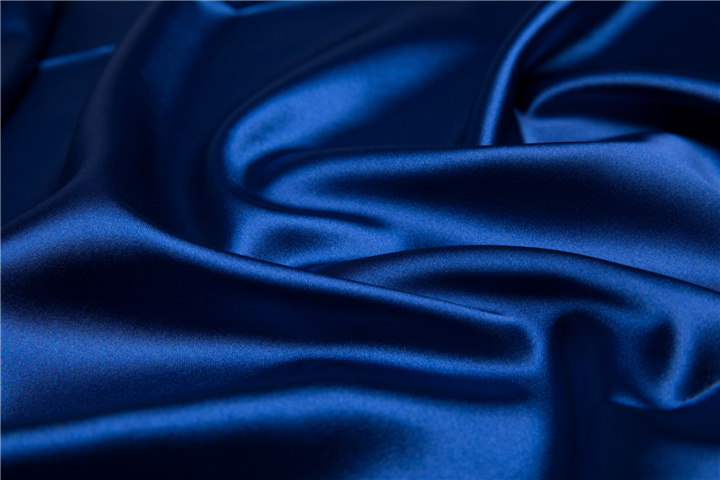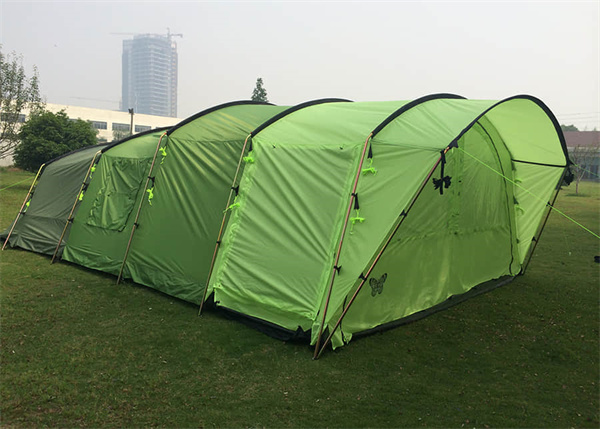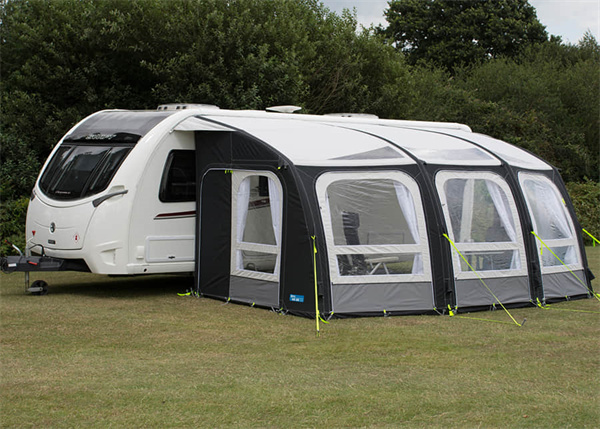In daily life, when we go to buy bedding, we always hear from the shopping guide that this is satin fabric, this is twill, this is plain and so on. Which fabric is the best?
Weave structure of satin (satin) fabrics
For satin fabric woven with satin weave structure, the warp and weft yarns are interlaced at least once every three yarns during the weaving process, and at least five warp/weft yarns must be interlaced to form a complete satin fabric.
Warp and weft yarns are formed in the fabric Some individual, non-connected warp and weft weave points, less warp and weft weaving, the fewest weaving points, the longest floats, and the fabric surface is almost entirely composed of warp or weft floats; the surface seems There is twill, but not as pronounced as twill.
satin fabric cost more than similar plain and twill fabrics, have higher fabric density and thicker fabrics.

And the cloth surface is smoother, more delicate, soft to the touch, good luster, bright color, good elasticity, tight texture and not easy to deform, with excellent touch. Generally, the yarn count is 40 to 60.
The weaving process of satin fabric is more complicated, and there is only one type of warp and weft that covers the surface in the form of float.
Warp satin fabric covered with long warp and floating length is called warp satin; weft float covered with surface is called weft satin fabric.
The longer float thread makes the fabric surface have better luster and is easy to reflect light.
Therefore, if you look closely at the fabric of cotton sateen, you will feel a faint luster.
If the filament yarn with better luster is used as the floating thread, the luster of the fabric and the reflectivity to light will be more prominent.
For example, the kind of silk jacquard fabric has a bright silk-like effect.
The organizational structure of plain weave fabrics
A fabric woven with a plain weave structure in which the warp and weft yarns are interwoven every other yarn.
In plain weave, the warp and weft yarns are intertwined to form parallel grains during the weaving process.
Plain weave fabrics are characterized by many interlacing points, firm texture, smooth surface, the same appearance on both sides, lighter and thinner, and better air permeability.
The structure of the plain weave determines its lower density and rougher touch. Generally speaking, the price of plain weave fabrics is relatively low.
In simple terms, plain weave fabrics have many interwoven points, firm texture, smooth surface, the same appearance on both sides, lighter and thinner, and better air permeability.
The structure of the plain weave determines its lower density.
Generally speaking, the price of plain weave fabrics is relatively low.
But there are also a few plain fabrics that are more expensive, such as some high-end embroidered fabrics.



